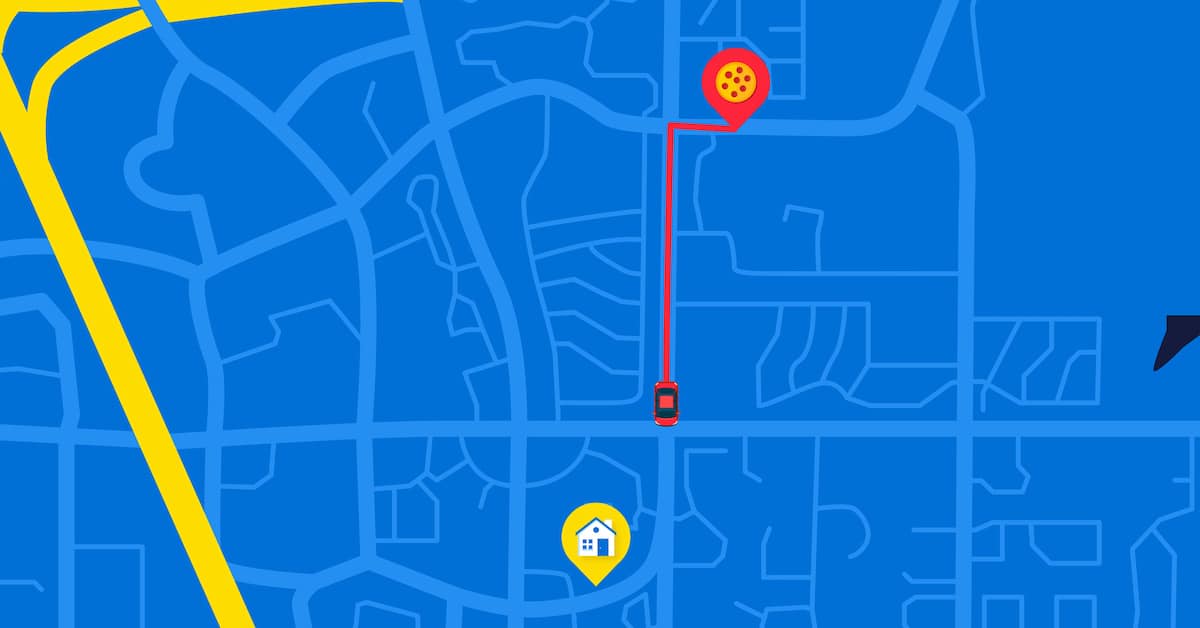Take-out? Drive thru? BOPIS? Retailers Adapt Quickly to Serve Loyal Customers

Did the pandemic spell the end of quick service restaurants (QSR)? The easy observation is that brick and mortar QSRs suffered profoundly, especially when it seemed like every country was going into lockdown. But what happened was an almost immediate pivot to develop or improve e-commerce platforms for online orders, and the ability to offer drive-thru and curb-side pickup options.
As for big box retailers? They adapted to meet customers at their point of need. Walmart, Target, Costco, and others quickly moved to turn physical locations into delivery points for online orders. Buy online, pick up in-store (BOPIS) is here to stay.
As for grocery stores, Forbes notes that the move to digital had lagged in the grocery category. That all changed as well. Retail Touchpoints reported that “food and beverage e-commerce grew 90% in the four-week period ending July 12,2020 compared to 35% for CPG e-commerce, according to the Coresight Research and IRI US CPG Sales Tracker” as a result of the pandemic.
Impact to Retail Operations
The pandemic hit restaurants particularly hard. Your favorite bistro probably found it challenging to survive. But in the world of franchise restaurants, closures and “de-selection” of under-performing locations has given major franchisors the opportunity to trim less productive franchisees and focus on those where location supported continuing business operations. Geospatial technology has been key to support franchises with information that helps pinpoint locations that fit the “new normal” of operations. Geospatial data was used to map the frequency of visits, traffic patterns, and the location of online vs. pickup orders. Modeling these data revealed the nature of sales volume and helped develop an analog to compare successful and underperforming units. Maps helped to visualize the changing shape of trade areas and the impact of closing stores or even the loss of a competitor.
The restaurants with existing e-commerce platforms or with a substantial “take-out” business such as Domino’s Pizza, Chipotle Mexican Grill or your favorite local Chinese restaurant seemed to thrive. As such, the pandemic spurred a move to drive-thru or delivery services that could effectively scale to service the changing needs of consumers. This led Uber, for example, to acquire Postmates, and attempt to acquire GrubHub before that company was taken over by Netherlands-based Just Eat Takeaway.
Serving Customers with Geolocation
Many QSRs sought to quickly alter their business model and leverage technology where possible. They understood that while indoor dining would be limited, their online presence would serve as their “front door”. In this instance, online ordering was provided but getting the order to the customer needed to be efficient. As the customer moved to identify where to deliver the order, the exact address of their home or office had to be right the first time or they would risk wasting time and money. What most companies fail to realize is that cart abandonment means lost revenue and therefore capturing location delivery data is critical.
The solution was a technology called “type ahead.” While placing an order, as the customer begins to type in their address, geolocation technology takes over to offer “suggested” and more verifiable address options. The technology recognizes street names and towns from just a few keystrokes and when the customer sees their correct address, they select that option. In this way, both the customer and the QSR can be assured of the proper delivery point.
At St-Hubert, a Canadian QSR known for their outstanding rotisserie chicken, geolocation is the starting point for the online and telephone ordering process, as well as the start of a superior customer experience. The delivery address is the jumping off point for all orders to ensure an enjoyable and seamless process. This includes presenting the right menu and prices, routing the order to the nearest restaurant with the desired products, and delivering to the correct address within a reasonable timeframe.
St-Hubert had previously used an online ordering system but recognized the need for both a cloud-based solution and better address location accuracy. When St-Hubert upgraded their geolocation solution to one provided by Korem, they increased their address geocoding match rate from 75% to 96%, which helped to speed up the order processing time and reduced the burden on the call center.
Think Locally…Target Strategically
Reaching your most loyal customer provides many benefits including brand affinity. Even when customers order items online, 48% go to the store location to pick up their order. This requires two things. First, that the store understands its trade area and can capture its clients in closest proximity to its location. It’s important to understand the extent of trade areas as they impact projected sales volume. Second, customers must be routed to the store for fast pickup with accurate directions. Developing an easy online web mapping portal helps clients visualize their options for pickup.
But reaching those loyal clients has been challenging. Google search ad traffic has dropped across all devices, with mobile taking the biggest hit during the pandemic. Mobile traffic has been down an average of 24% since the pandemic began. Brands have been adjusting their digital strategies to account for the shift, including changing up their search ads with enhanced location targeting and more relevant messaging.
Operationalizing Geospatial Technology
The examples above demonstrate that geospatial technology can be the critical element that provides superior customer service. From type-ahead technology that automatically populates an accurate delivery address to delivering promotions within a targeted geographic area that captures the consumer at the point of need. Integrating and operationalizing location-based information with everyday business processes has been a key for business resiliency during the pandemic as shifting preferences call for pivoting fast and leveraging geospatial technology.




